Biography
Paul Kallos3, whose father was a doctor, was born into a middle-class family. He produced his first drawings, copies, in 1938, when an illness immobilized him for several months. His secondary education, which he began in 1940 in Kiskunhalas, was interrupted by the war. Deported by the Nazis to Auschwitz in 1944, where many of his relatives perished, he returned to Hungary in 1945 and entered the Budapest School of Fine Arts in 1946, influenced by surrealism and geometric abstraction, where he made friends with Georges Feher.
In 1949, Kallos and Feher left Stalinist Hungary clandestinely, spending a year in a refugee camp in Austria, near Salzburg, in the French zone, before settling as political refugees in Paris, in a room in the Place de Clichy. Here, in precarious conditions, Kallos produced small-format works. Working part-time as a furrier, he frequented the Louvre (Rembrandt, Tintoretto, Franz Hals).
In 1952, he moved to rue Visconti, later rue Oudinot, with Raymonde Godin, a painter of Québécoise origin4 , in a studio previously occupied by Miró and then Bazaine, and, in 1961, to L'Haÿ-les-Roses.
In 1952, he moved to rue Visconti, later rue Oudinot, with Quebec-born painter Raymonde Godin4, in a studio previously occupied by Miró and then Bazaine, and in 1961 to L'Haÿ-les-Roses.
As early as 1951, Kallos sent four compositions to the Salon des réalités nouvelles, which he attended regularly until 1983. In 1954, Pierre Loeb noticed one of his paintings and took him on as a contract artist in his gallery at 2 rue des Beaux-Arts, regularly exhibiting his work5.Kallos became friends with Vieira da Silva, Szenes, Lanskoy, Riopelle, Zao Wou-Ki and Wifredo Lam, all of whom exhibited at or frequented the gallery.After Pierre Loeb's death in 1964, Kallos exhibited at Galerie Pierre Domec6 and then at Galerie Nane Stern, Pierre Loeb's former assistant7.
A retrospective exhibition was held in 1989 at the Évreux and Rodez museums, and in 2011 in Paris at Le Minotaure and Alain Le Gaillard galleries, as well as at the Hungarian Institute.
Work
In the mid-1950s, Paul Kallos, who was close to Raoul Ubac, Pierre Tal Coat and Jean Bazaine, moved towards lyrical abstraction, sometimes giving his works allusive titles (Lave, 1954; Paysage aux grands arbres, 1956; L'Atelier, 1957; Nocturne, Frondaisons, 19588).
In the mid-1950s, Paul Kallos, who was close to Raoul Ubac, Pierre Tal Coat and Jean Bazaine, moved towards lyrical abstraction, sometimes giving his works allusive titles (Lave, 1954; Paysage aux grands arbres, 1956; L'Atelier, 1957; Nocturne, Frondaisons, 19588).
From 1959 onwards, Kallos developed his work through flat tints of bold color, interspersed with discreetly figurative elements (Figure jaune et bleue, 1961, Crucifixion, Nu, Intérieur jaune, 1962; Deux figures, Trois femmes, 1963; Figures, Le Balcon I, d'après Manet, L'Artiste et son modèle, 1967; Deux figures, 19689), which later disappeared (Dehors dedans, 1969; Paysage rouge, 1970; Buisson rouge, 1972-197410).
In 1975, Kallos abandoned oil for the fluidity of acrylic in a series of stripped-down works, strongly structured, squared or layered, in the midst of luminous spaces, between figuration and abstraction, by elements of architectural dimension, facades, arches or colonnades.
Critical reception
For Bernard Zurcher, “Paul Kallos's art stems from light; around 1975, his transition from chiaroscuro (figurative field) to pure color (abstract field) shows this clearly. Intense color, moving and fluid until it dissolves into the white of the canvas.11 ”
Museums
France
Dijon Museum of Fine Arts
Épinal Museum
Musée d'art moderne de la ville de Paris
Musée d'Évreux
Metz Museum
Musée d'art moderne de Saint-Étienne
Foreign
Budapest Museum of Fine Arts
Denver Art Museum
Eindhoven Museum
Rehovot Museum
Rio de Janeiro Museum
Tel Aviv Museum
Toronto Museum
Translated with DeepL.com (free version)



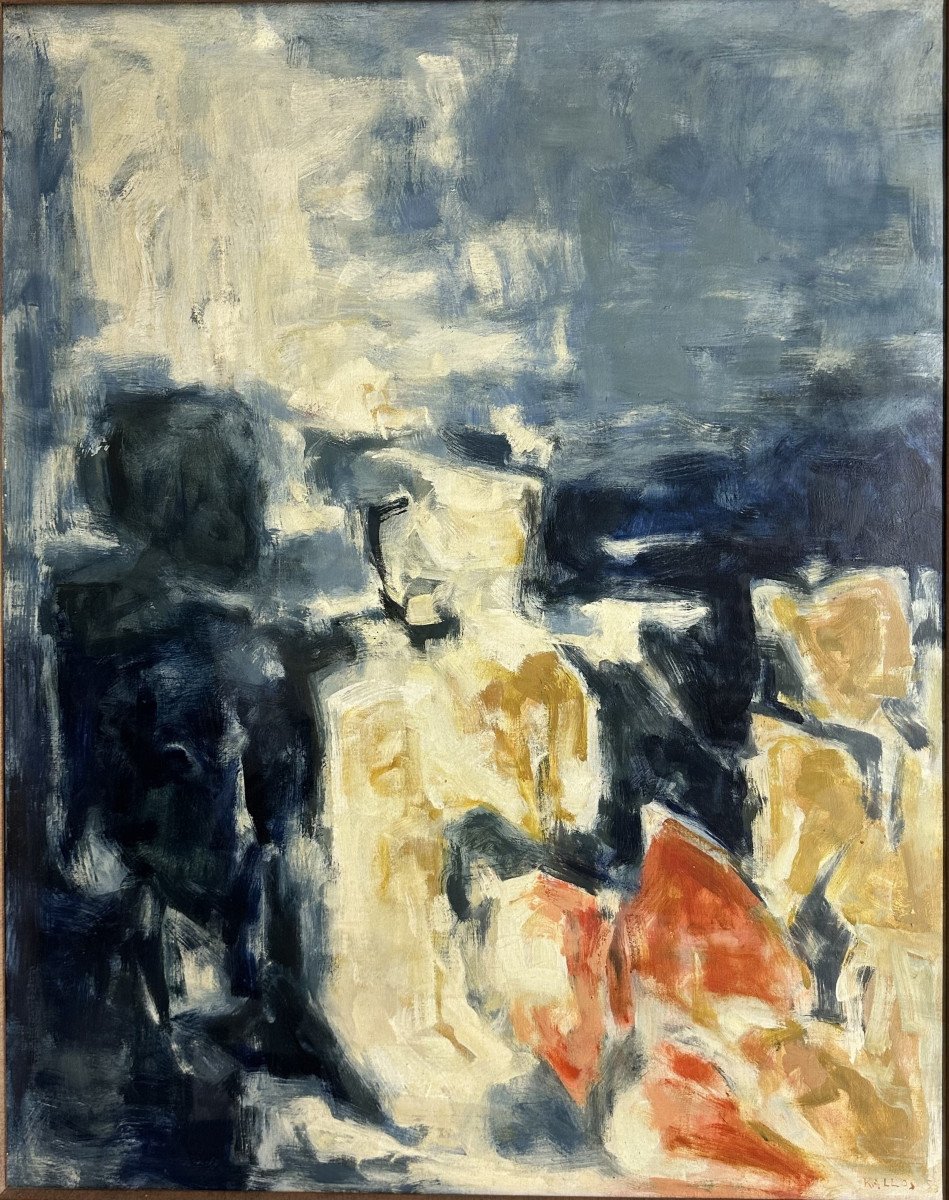
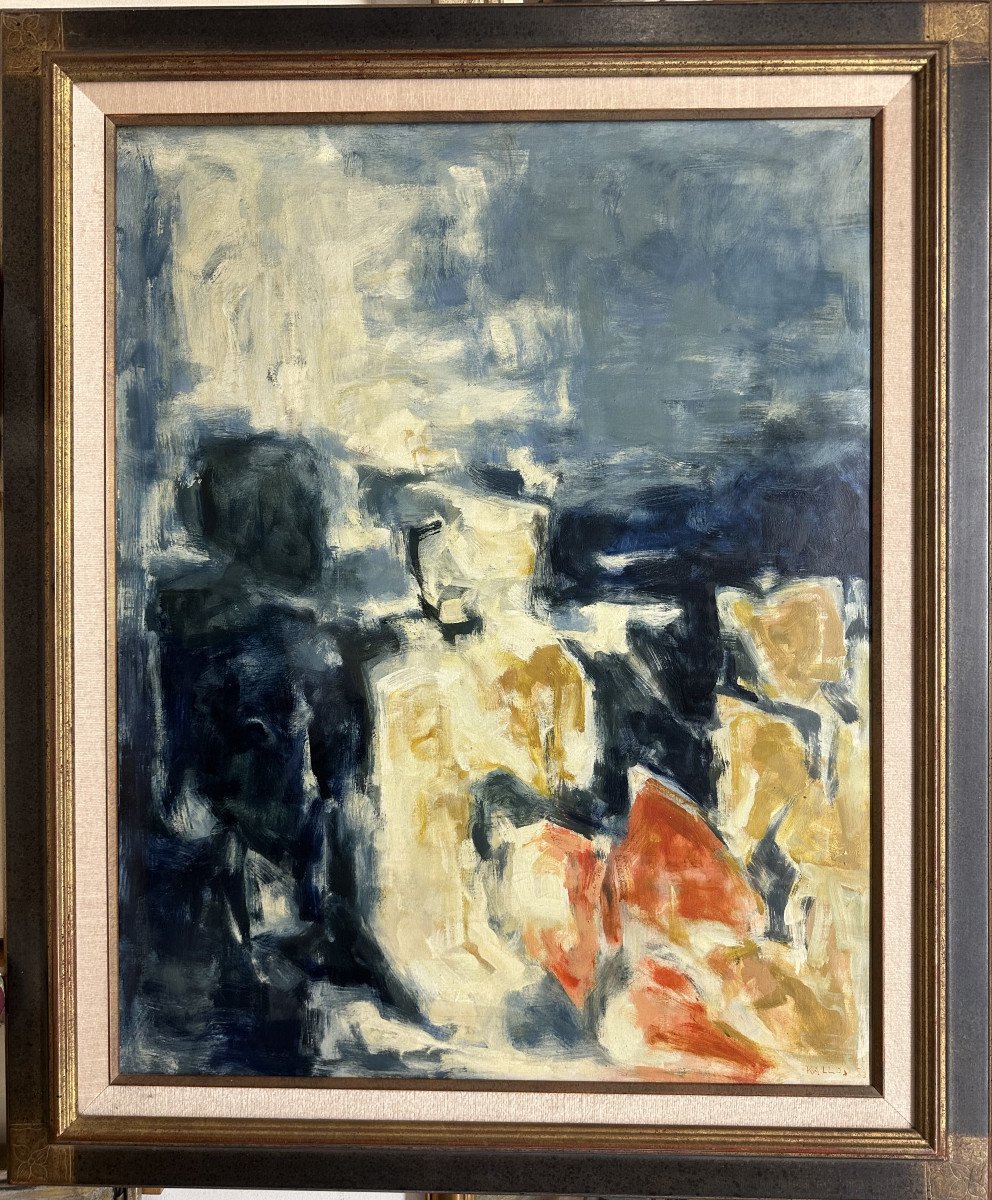


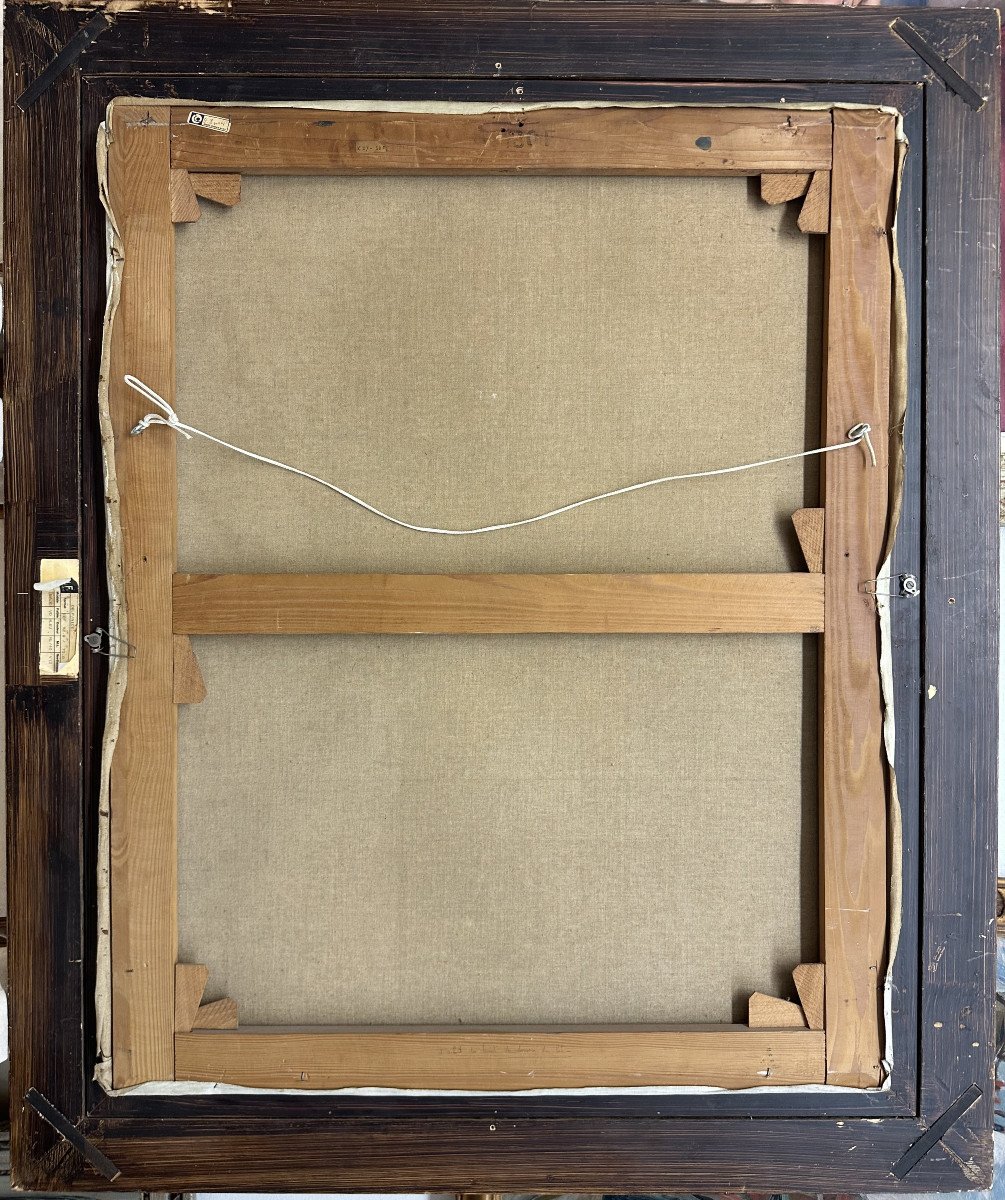



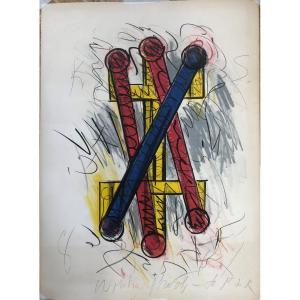



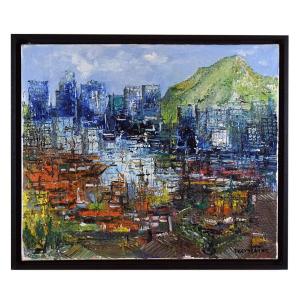

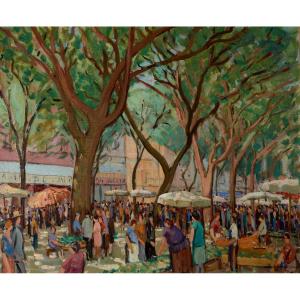





 Le Magazine de PROANTIC
Le Magazine de PROANTIC TRÉSORS Magazine
TRÉSORS Magazine Rivista Artiquariato
Rivista Artiquariato
